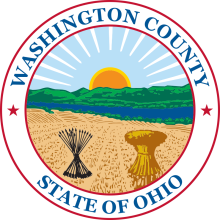"You Can't Use an Old Map To Explore a New World": Explaining the Affordable, Accessible Internet for All Act - Part 3
Without good information from Internet Service Providers (ISPs), the federal government is essentially shooting in the dark when it comes to determining how to best target the allocation of resources for underserved and unserved communities. Even private sector investments are less efficient because of the lack of good data about broadband availability and pricing. That’s why the second major section of the Accessible, Affordable Internet for All Act (AAIA), currently languishing in the U.S. Senate, aims to address the nebulous nature of broadband data at the Federal Communications Commission (FCC).
In this third installment of our series on the AAIA, we explore the ”Title II – Broadband Transparency” section of the Act, which requires the FCC to adopt rules to gather accurate and up-to-date information from ISPs about broadband service plan prices and subscription rates. It also requires the FCC to collect data that will allow the federal government to assess the resiliency of the nation’s broadband network in the event of a natural disaster or emergency.
Better Data is Needed
Anyone who closely follows FCC news is already familiar with the problems associated with the agency’s broadband coverage maps, which most experts agree overstate actual broadband coverage. Though recent studies indicate there may be as many as 41 million people who lack access to fixed broadband in the United States that meets minimum speed of 25/3 Megabits per second (Mbps), the FCC claims that number is closer to 18 million. It’s a big discrepancy with big dollar implications, as the coverage maps are the basis upon which agencies and states make major funding decisions.



